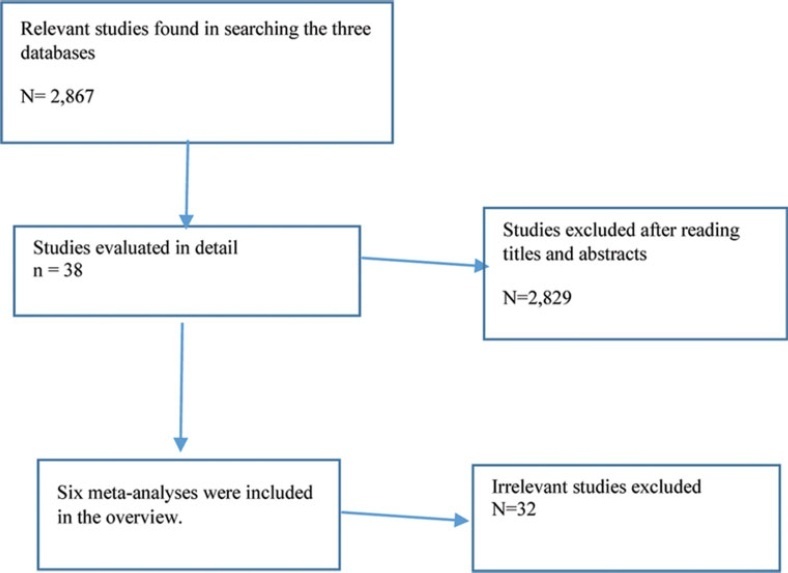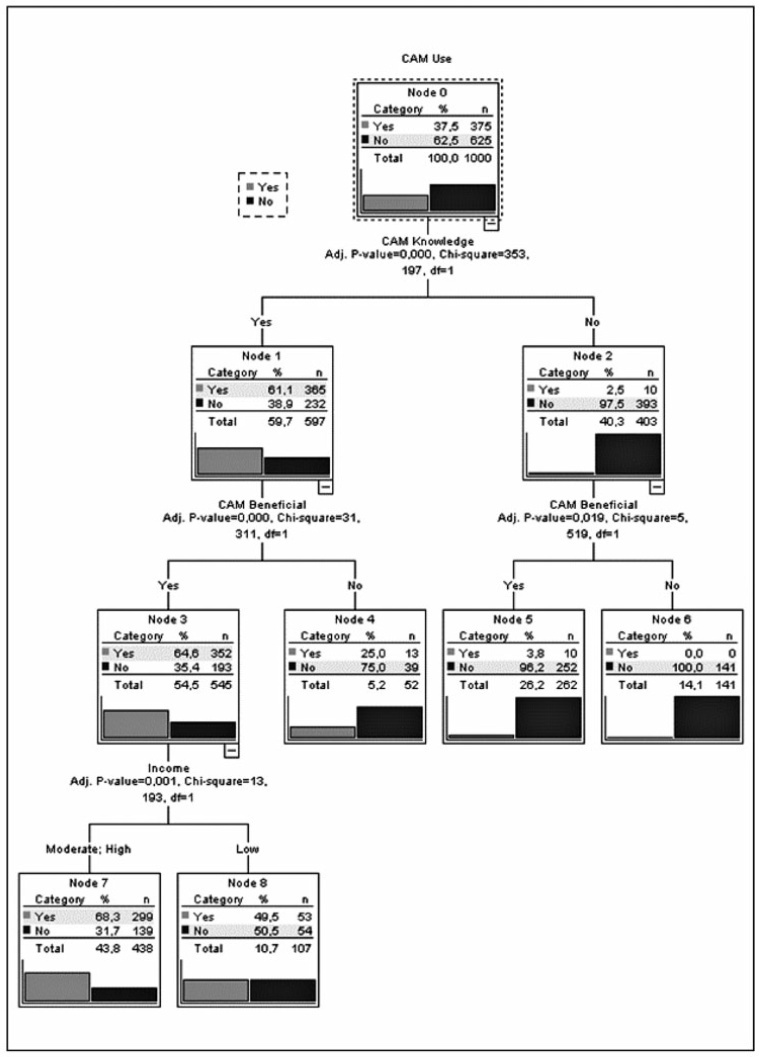Summary
Revista Brasileira de Ginecologia e Obstetrícia. 2021;43(12):919-925
01-24-2021
Endometriosis is a hormone-dependent chronic inflammatory disease with symptoms such as pelvic pain, which affect the physical, emotional, and social health of women in reproductive age. The current overview article aims to explore the effect of complementary medicine on the treatment or in mitigating the risk of endometriosis.
This is an overview article done in Iran. Two separate researchers systematically searched 3 databases (Medline, Scopus, and Cochrane Central Register Trials) until September 2020. The methodological quality of each study was assessed using the assessment of multiple systematic reviews (AMSTAR) tool.
The results of two reviews suggested that physical activity, tobacco smoking, diet, coffee and caffeine intake had no effect on mitigating the risk of endometriosis or improving its treatment, but acupuncture successfully reduced pain and related marker (serum CA-125) levels.
As endometriosis is an annoying disease with many complications and is hard to diagnose and treat, related studies in complementary medicine can help patients with endometriosis. Based on the relevant literature review, among the complementary medicine available for the treatment or to mitigate the risk of endometriosis, only acupuncture seems to alleviate the pain of endometriosis.

Summary
Revista Brasileira de Ginecologia e Obstetrícia. 2021;43(11):853-861
01-12-2021
To evaluate the knowledge, attitudes, and behaviors regarding complementary and alternative medicine methods of patients who were admitted to gynecology outpatient clinics.
In the present survey, a questionnaire on complementary and alternative medicine practices was applied on 1,000 women (ages between 18 and 83 years old) who were admitted to the gynecology outpatient clinic of a tertiarymaternity hospital. Demographic features and knowledge, attitudes, and behaviors about these methods were inquired in face-to-face interviews.
While 80.7% of the total participants thought that complementary and alternative medicine was beneficial, only 37.5% of them had used these methods previously. The rate of prior knowledge on this subject was of 59.7% and the source of information was physicians for 8.5% of the patients. However, 72.4% of all participants wanted to obtain information on these methods and 93.7% wanted to be informed by physicians. In the decision tree model, having knowledge about complementary and alternative medicine was the most effective factor determining its use (p<0.001). Phytotherapy was found to be the most used method, with 91.4%. The most preferred plant was onion (18.9%), and the most common reasons for herbal use were stress (15.4%) and fatigue (15.2%).
More than one-third of the patients who applied to the gynecology outpatient clinics used one of the complementary and alternativemedicine methods at least once. As gynecologists and obstetricians, we need to be more knowledgeable about these methods to provide correct guidance to our patients for accessing accurate and effective information.
